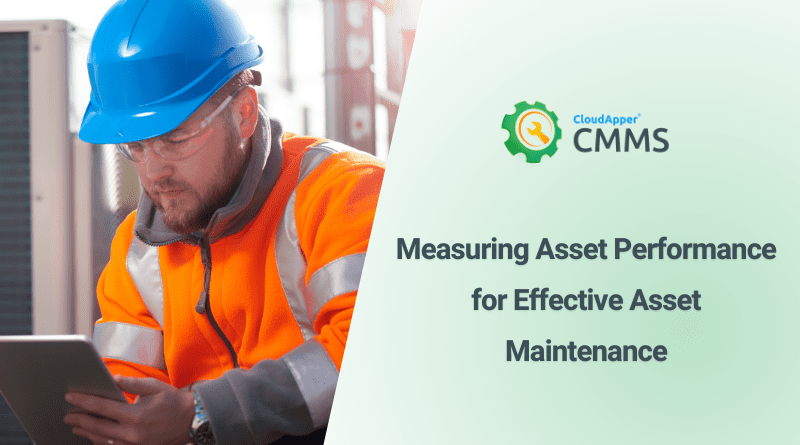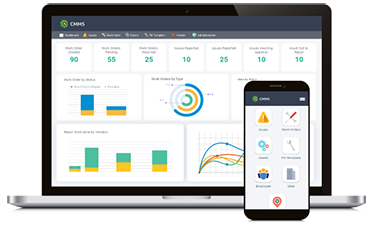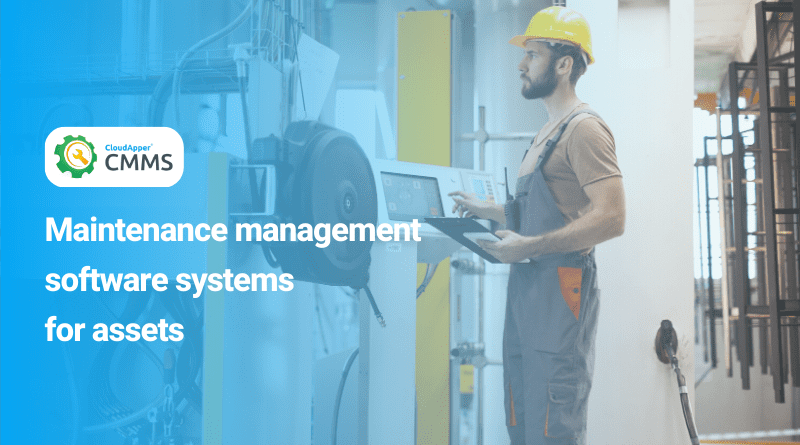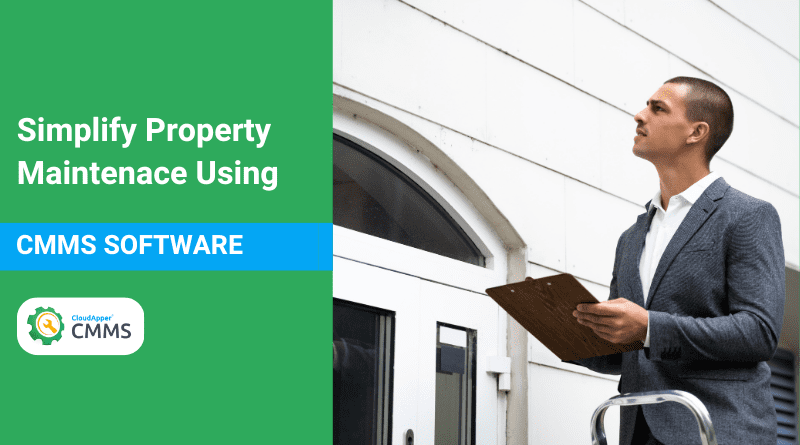Assets are the heart of any facility, and measuring asset performance is vital to effective asset maintenance. Without measuring asset performance, building maintenance plans, especially preventive maintenance, seem pretty farfetched. In this article, we will look into how one can measure asset performance.
What Is Asset Performance Management?
Asset performance management (APM) is a term for a wide variety of activities all aimed at a single, overarching objective: ensuring a consistently high standard of production-floor performance. Mostly utilized by companies in the manufacturing industry, it is still applicable to any enterprise with a significant asset base. To achieve operational excellence, one must make the most of the intricate resources that underpin the most important parts of production. The basic goal of asset performance management (APM) is to enhance the asset’s useful life while decreasing the amount of time it is unexpectedly out of commission.
Asset Performance Evaluation
As mentioned before, to have an effective maintenance plan, one must know how to measure asset performance. Here are a few ideas to measure asset performance.
Determine Critical Assets
Assess how various production assets may affect your company financially. Early on, choose the ones that are crucial to the manufacturing process. As your APM project matures, you may broaden its scope to include lower-priority assets. Risk-based maintenance helps businesses zero in on their most valuable assets. After that, the RCM approach may be used to figure out which types of failures need more thorough monitoring and investigation.
Asset Monitoring
Depending on the assets at hand, a variety of methods exist for gathering information about their status. You may choose to incorporate information on performance, productivity, and maintenance from your CMMS Software or data collected by Internet of Things sensors embedded in machinery, particularly that used in high-pressure settings. Techs may also conduct diagnostic tests and non-destructive inspections for early symptoms of equipment degradation using portable equipment.
Data Analysis
Here, businesses make use of key performance indicators and metric-based KPIs to get insight into asset performance and health. In addition to a CMMS, cutting-edge APM solutions, like data management, machine learning, and analytics, can be used to improve the visibility of assets.
Improved Maintenance
The maintenance plan your company uses will be significantly altered by adopting an APM approach. Taking advantage of this newfound insight into your assets will allow you to develop cost-effective maintenance methods that boost KPIs like equipment uptime. Asset lifetime will be profoundly impacted by adopting such a comprehensive strategy as this, which makes use of condition monitoring, numerous applications, and artificial intelligence.
CloudApper CMMS For Asset Maintenance & Performance Management
The use of CloudApper CMMS for automating asset maintenance is not new. One of the main purposes of CloudApper CMMS is to address the maintenance and work order activities. One can perform preventive maintenance, predictive maintenance, and reactive maintenance using CMMS software. CMMS software also provides real-time visibility into your assets so that you have a bird’s eye view of all the assets in your facility. These efforts eventually lead to minimizing the downtime of assets, thus minimizing costs and increasing profits.
APM requires a vast amount of data on the facility and its assets in order to work efficiently. When facilities use diverse, incompatible software solutions for various tasks, the result is data silos. To utilize APM effectively, businesses need a cohesive digital environment. A computerized maintenance management system is one solution to this. It works as a centralized database that lists every single asset a business owns. Modern CMMS systems, like CloudApper CMMS, also have a wide range of features that help with managing the performance of assets.
Investing in powerful CMMS software is the first step toward organized asset performance management. This is essential for a company to build its digital APM processes.
What is CloudApper AI Platform?
CloudApper AI is an advanced platform that enables organizations to integrate AI into their existing enterprise systems effortlessly, without the need for technical expertise, costly development, or upgrading the underlying infrastructure. By transforming legacy systems into AI-capable solutions, CloudApper allows companies to harness the power of Generative AI quickly and efficiently. This approach has been successfully implemented with leading systems like UKG, Workday, Oracle, Paradox, Amazon AWS Bedrock and can be applied across various industries, helping businesses enhance productivity, automate processes, and gain deeper insights without the usual complexities. With CloudApper AI, you can start experiencing the transformative benefits of AI today. Learn More

















